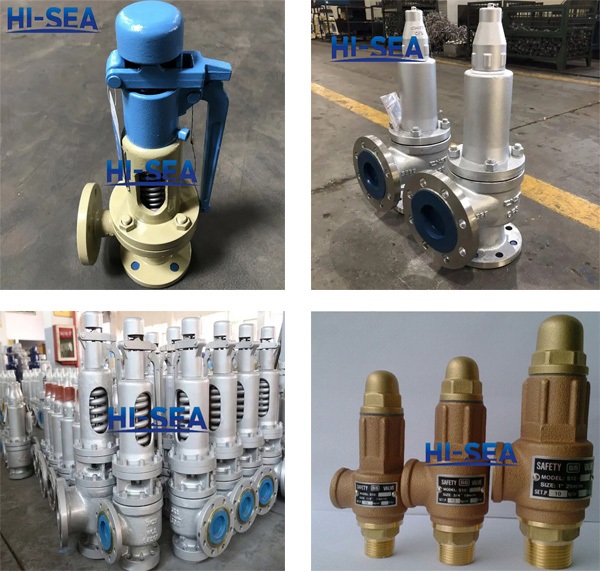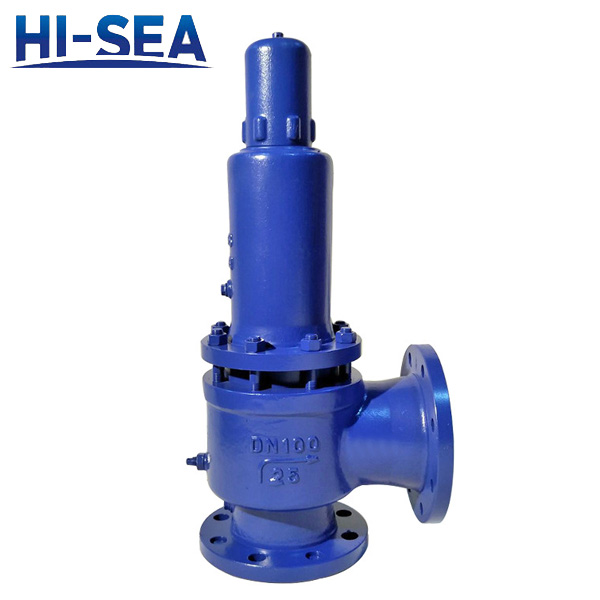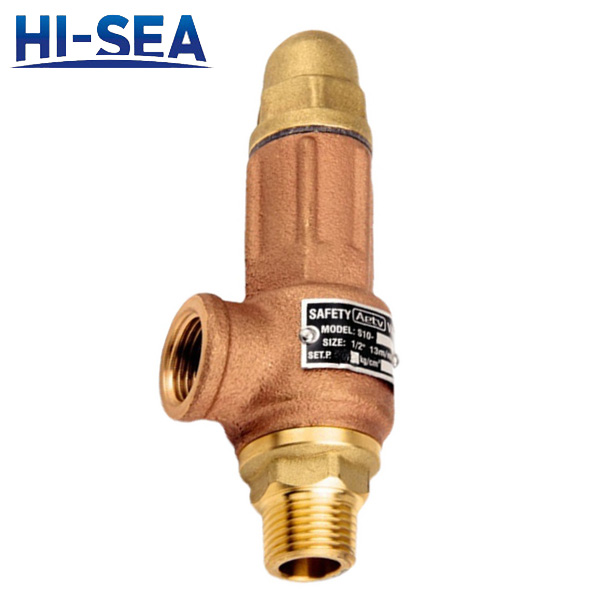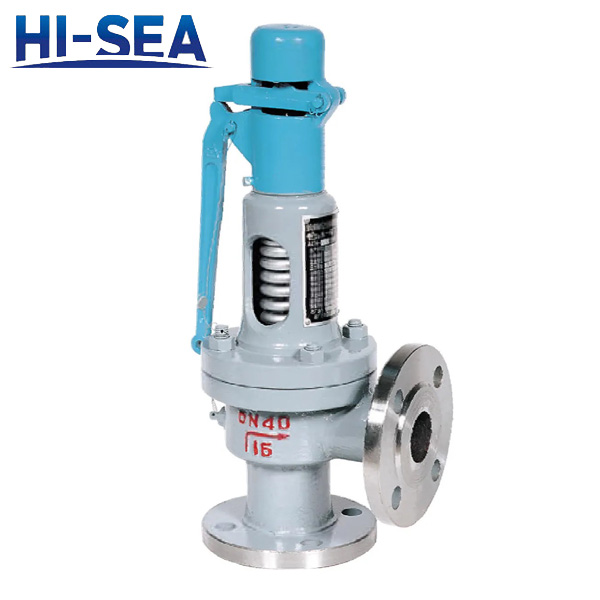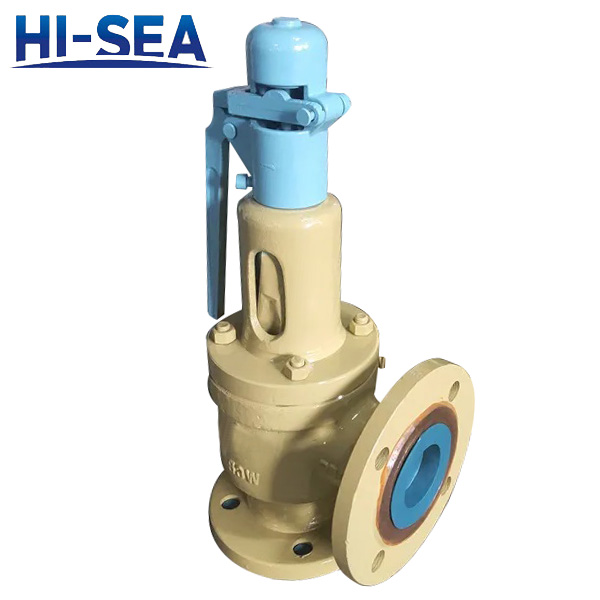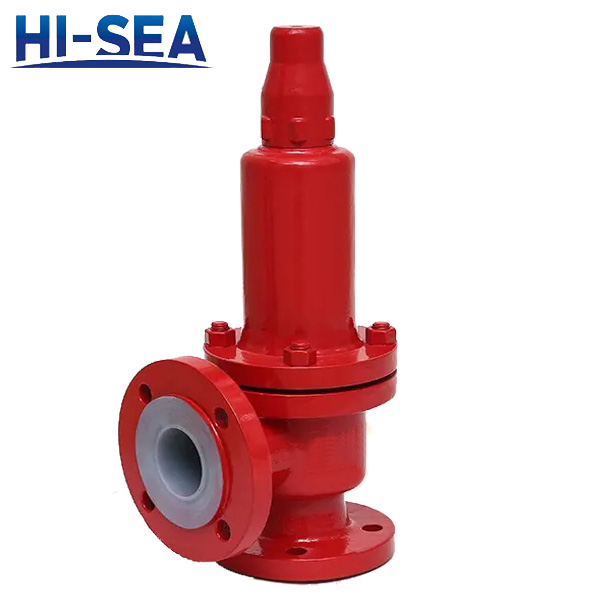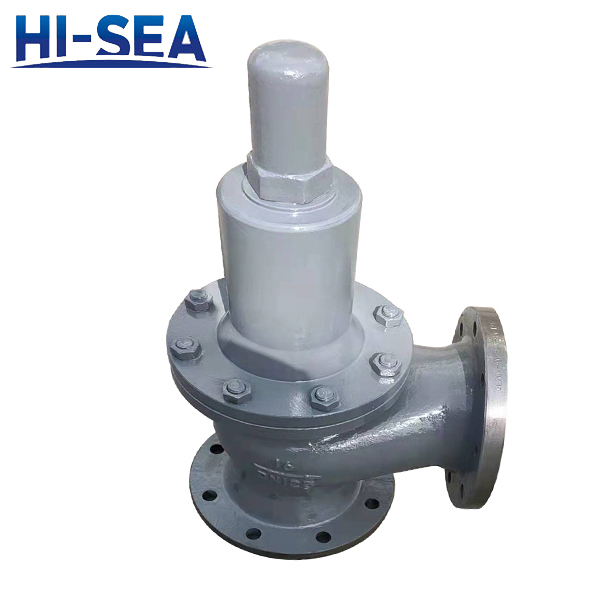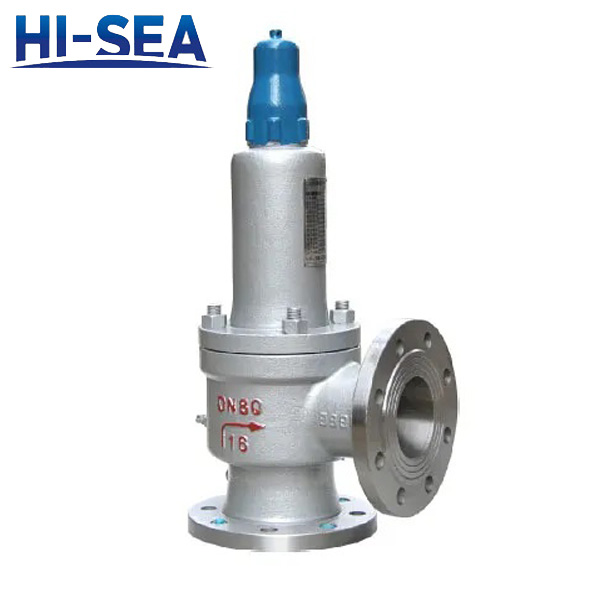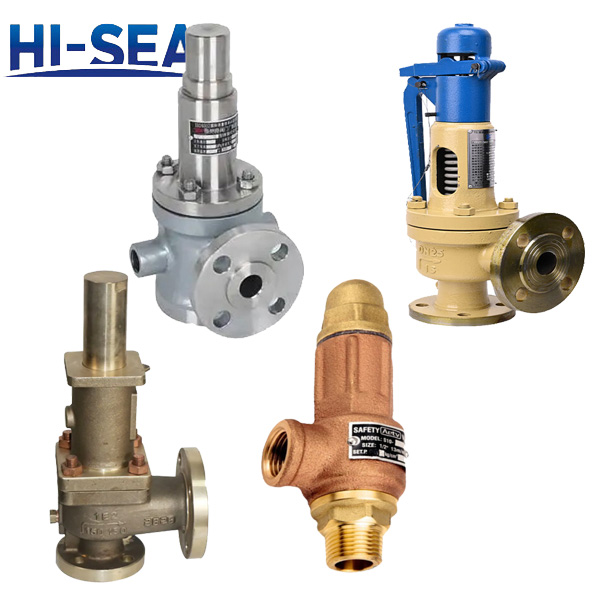
Safety Valves
Introduction:
The safety valve is applicable to the equipment or pipeline with corrosive medium whose working temperature is ≤ 120 ℃. As an overpressure protection device, it is applicable to the pipeline system in the chemical industry. The safety valve is a safety valve successfully developed in the chemical industry based on the digestion and absorption of advanced technology. It is mainly used for automatic pressure relief devices on pressure equipment, pressure vessels and pipelines of highly dangerous corrosive media such as chlor alkali chemical industry and hydrochloric acid. The valve body is lined with tetrafluoroethylene (PFA/F46). The key parts are made of tetrafluoroethylene (PTFE/F46), which increases the corrosion resistance and can effectively prevent the corrosion of liquid, hydrochloric acid, strong corrosive and other media. Corrosion resistance: the inside of valve body, valve core and valve clack are all lined with 2.5-3mm thick PFA/F46, which is resistant to corrosive media such as hydrochloric acid, nitric acid and (aqua regia). The spring type safety valve plays a safety protection role in the system. When the system pressure exceeds the specified value, the spring type safety valve will not open, and part of the gas in the system will be discharged into the atmosphere, so that the system pressure does not exceed the allowable value, thus ensuring that the system will not have accidents due to excessive pressure. The fluorine lined spring type safety valve overcomes the medium by adjusting the spring force to achieve sealing. When the spring force is greater than the normal pressure of the medium, the valve clack is closed. When the medium pressure exceeds the set pressure, the spring is compressed, making the sealing surface of the valve clack separate, the valve automatically opens, and then fully discharges. When the medium pressure decreases to the normal value, the spring force pushes the valve clack toward the valve seat, and the sealing surface of the valve clack coincides with the sealing surface of the valve seat, The valve closes automatically.
Product application field:
1. Used where stainless steel is not sufficiently resistant to corrosion
2. As a substitute for expensive rare metal (Hastelloy, titanium, nickel, monel, tantalum and other alloys) valves
3. It is used for corrosive media that are toxic and harmful to the environment.
4. It is used for media that are easy to react with metals, such as hydrochloric acid, liquid lv and other high-risk media.
5. It is used in bioengineering and pure media where cleanliness and surface anti adhesion are required.
6. For media with high permeability.
Product Showing:
